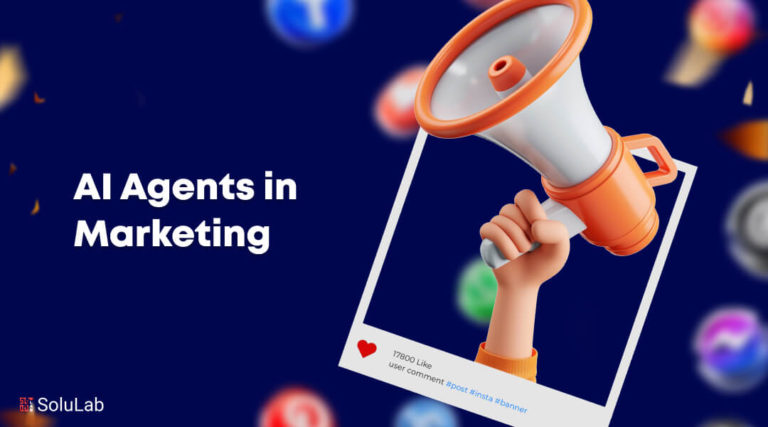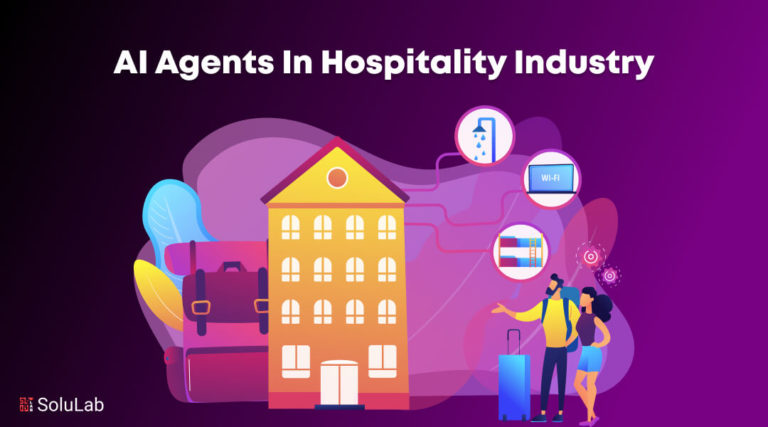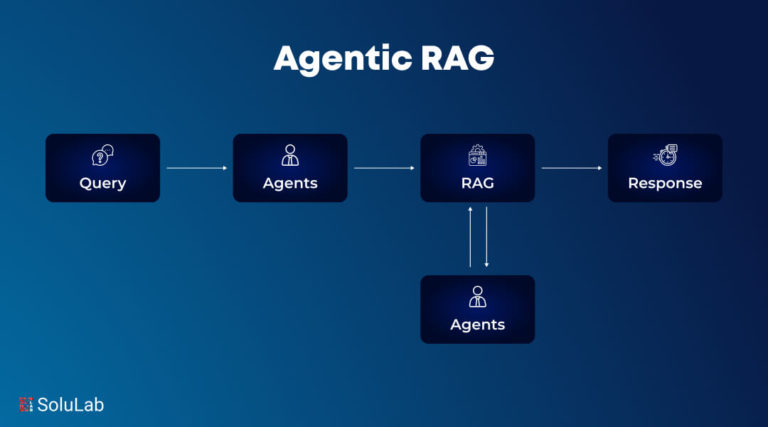
Whilst the premise of Web3 is real, and themes such as blockchain, cryptocurrencies, NFTs and DeFi have emerged as mainstream trends, when will we see the full potential of Web3 realised?
Will it happen before Web4 emerges?
It’s going to take time for some of the key infrastructure provided by Web3 to become core tenants of the web. For example, seeing Web3 services underpinning cloud computing, storage and identity platforms. Whilst there are many companies focused on these opportunities, will they become staples of the online world while the narrative of Web3 is still being written, or will we have moved to Web4 by then?
Meme tokens aside, the concept of Web4 is likely to be accompanied by a sea of change in new types of products and services. We saw this with the first two generations of the Web. Web1 was focused on content creation and making that content available globally via websites. It was primarily a technology-driven innovation with us geeks at the forefront experimenting with this new world, but only a handful of companies managed to emerge triumphant during this period and achieve long-term commercial success (remember Lycos?).
You can also read : Top 14 Blockchain-Based Automotive Startups
It was not until the Web2, a.k.a the social web, that the web really found its feet and we saw the explosive growth of platforms such as Google, Facebook and Twitter who established themselves as the Goliaths in this new era.
There’s been plenty of talk over the years likening the explosive growth of Web3 to the dot-com bubble, with companies growing exponentially and achieving astronomical valuations, with questionable long term business models. We’ve certainly seen hallmarks of this with some companies during the 2017 ICO boom, and perhaps we’ll look back at the 2021–2022 period with record inflows to Web3 companies in a similar manner.
However, the point here is that right now we have another technology revolution taking place, underpinned by blockchain technology, and millions of people and companies globally are making use of and trying to identify what are the next-generation products and services that will have a meaningful impact on how people spend their day to day lives.
Web2 was less about new technology, and more about finding new ways to harness Web1 technology. Facebook, Twitter and LinkedIn all figured out how to take Web1 technology and connect people, giving them a voice in the process. Google’s search engine and YouTube managed to organise the world’s information in novel new ways. Amazon’s Web Services’ cloud computing platform was a significant enabler for many to subsequently launch new types of global internet-scale businesses, but this was facilitated by Amazon.com being one of the few success stories of Web1.
With Web2 as our reference point, it is not hard to see how entirely new types of Web3 powered businesses could be just around the corner which is revolutionary enough to be considered Web4.
Pre-blockchain, the phrase Web3 was originally associated with the semantic web, creating new ways to link data and organise the world’s information more efficiently. We also have entirely separate groups of technologies coming together in novel and new ways such as machine learning, AI, VR, AR, robotics, 5G and IoT which have significant implications in our everyday lives via wearables, smart cities, gaming, driverless cars and workplace automation to name a few.
Web3 technologies certainly don’t appear to be out of place either when combined with these other technology innovations. What they all have in common is that proponents of them all have visions of the ways in which they will change our society for the better, but exactly when they become commonplace remains to be seen.
You can also read : Why Blockchain is Hard
This is why I feel fairly confident to say that the wave of innovation that comes with Web4 will somehow be influenced by combinations of these different technologies working together in such a way that the experience is considered seamless for the user compared with where we are today.
But let’s take it back to our blockchain-enabled future. When the multi-blockchain narrative has played out, the ability to consume or transact with blockchains needs to be as seamless as it is for people today to interact with websites (let’s overlook the fact that we still have to use passwords everywhere in Web2…).
Hopefully, that will be via tokens as I’ve discussed previously, but without the existing clunkiness. When we have something that just works, evidenced by the fact that the majority of the world’s smartphones make use of such a technology, I would argue that the UX challenges that have plagued Web3 are solved.
If this can happen within the next few years, when Web3 in its current definition is approximately ten years old, it seems feasible that Web3 is going to be where the technology starts to reach its full potential. However, for this to happen at such a rate we need a use case that the vast majority of the world can’t live without — whilst cryptocurrencies and NFTs have crossed the chasm, they aren’t yet ubiquitous among all smartphone users.
As much as I’m bullish on many of the core tenets of Web3 such as digital currencies, DeFi and NFTs, I don’t think we’re going to see the full impact of Web3 technology in the next few years alone. I believe it’s going to take a little longer, which is why I firmly believe that Web3 is going to be a core tenet of Web4 when it emerges. This is why it’s so exciting! Because the true potential of our current Web3 technology is only just getting started.
Have any questions or comments? We’d love to hear from you! If you want to find out more about blockchain, its growth, and newest developments, then check our blog or listen to our enlightening Web3 Innovators podcast.
Credit : web3labs




